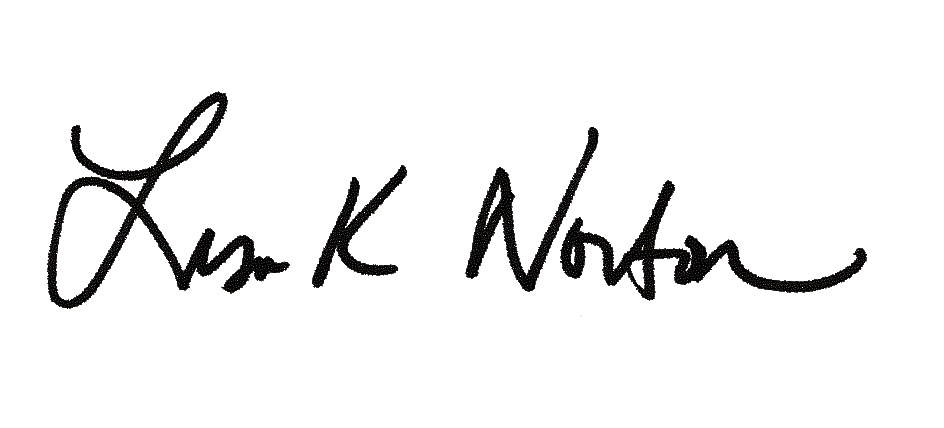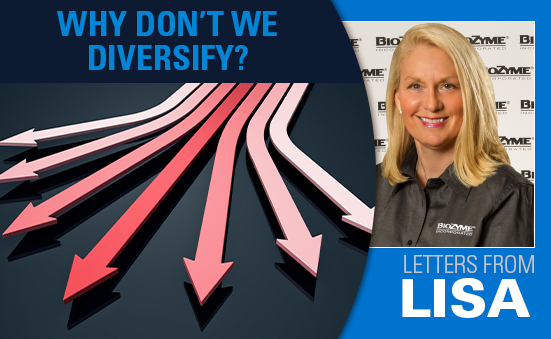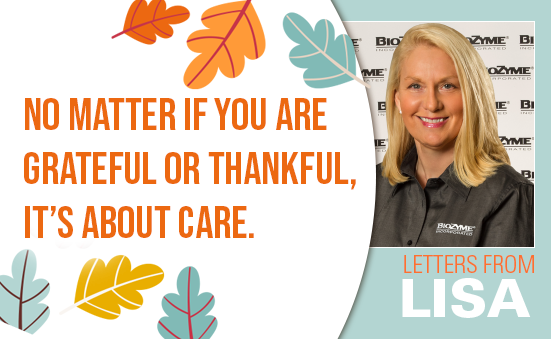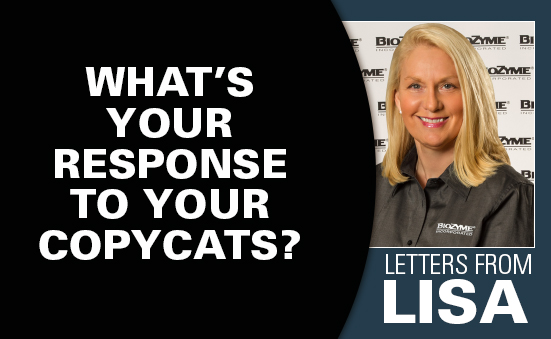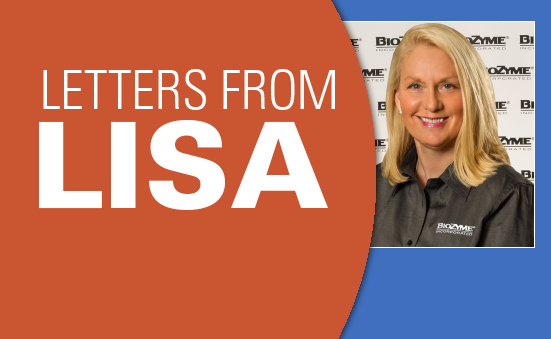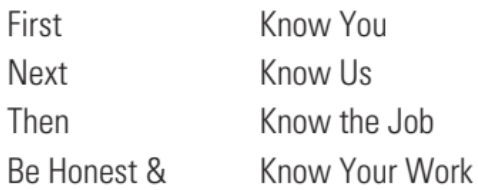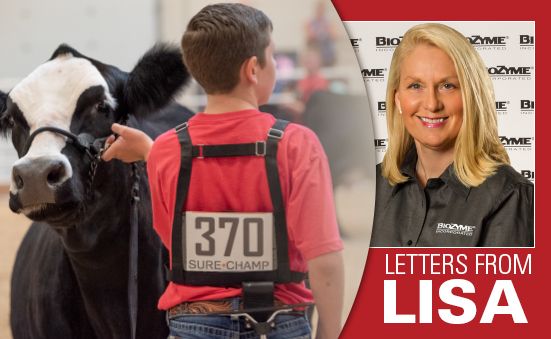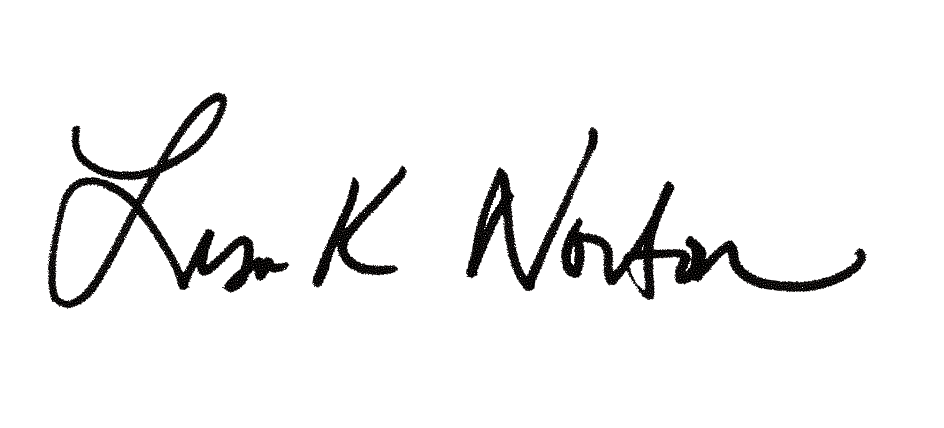Care that comes full circle is a philosophy that postulates if you truly care for someone or something, that care will eventually, naturally come full circle back to you.
Naturally meaning if we take care of the animals, they will take care of us by ensuring we get to eat or feel unconditional love. Naturally meaning if we take care of our customers, they will remain loyal, which allows us to continue to have the resources to research new technologies for them. Naturally meaning if we take care of our vendors by communicating and staying loyal to them, they will help us during challenges. And last but certainly not least, naturally meaning if we take care of our employees by being understanding, good communicators and fair, they will passionately fuel the care throughout the company.
Care that Comes Full Circle. Those five words are the value statement that drives BioZyme® Inc. each and every day.
How can you embody care that comes full circle into
your dealership?
A fair question after every minute of every day statement is, if something takes this much energy, is it really worth it? If you Google “care that comes full circle,” you will either find items about BioZyme (which made me quite proud), or you will find items about caring for an aging parent. So, at first glance I guess it doesn’t really have a role in business where money usually tends to be the main driver. However, think of this well-known statistic: “A customer who has had a good experience will tell two people, but a customer who has a bad experience will tell 12 or more people.” This is true of vendors and employees as well. I like to refer to vendors and employees as internal customers. They deserve the same care as external customers. Care starts and ends by embracing the four items below and yes, they apply to a chicken and horse as well as a human.
- Listen
Make yourself available to hear with as many touch points as possible. Take a genuine interest in what the other person or animal seeks to deliver to you. - Respond
Hearing is one thing, responding is another. Be an ally, putting the other person’s needs first. Ensure emails are followed up with in a timely manner; phone calls are answered; waterers are full, feed stays consistent, and time and attention are given where they are needed, when needed. - Resolve
What good is a response if it doesn’t make something better? - Follow Up
Seek and be ready to hear honest feedback, and then remain committed to making whatever it is better, happily remembering that this is a cycle that never ends.
Care – we know it is an important component of life, but we often forget one of the simplest principles: to show we care is to find out what people or animals need and then deliver on those needs. Getting started is a matter of holding yourself accountable to the above four actions. If you take the time to do this, I promise it will come full circle.
